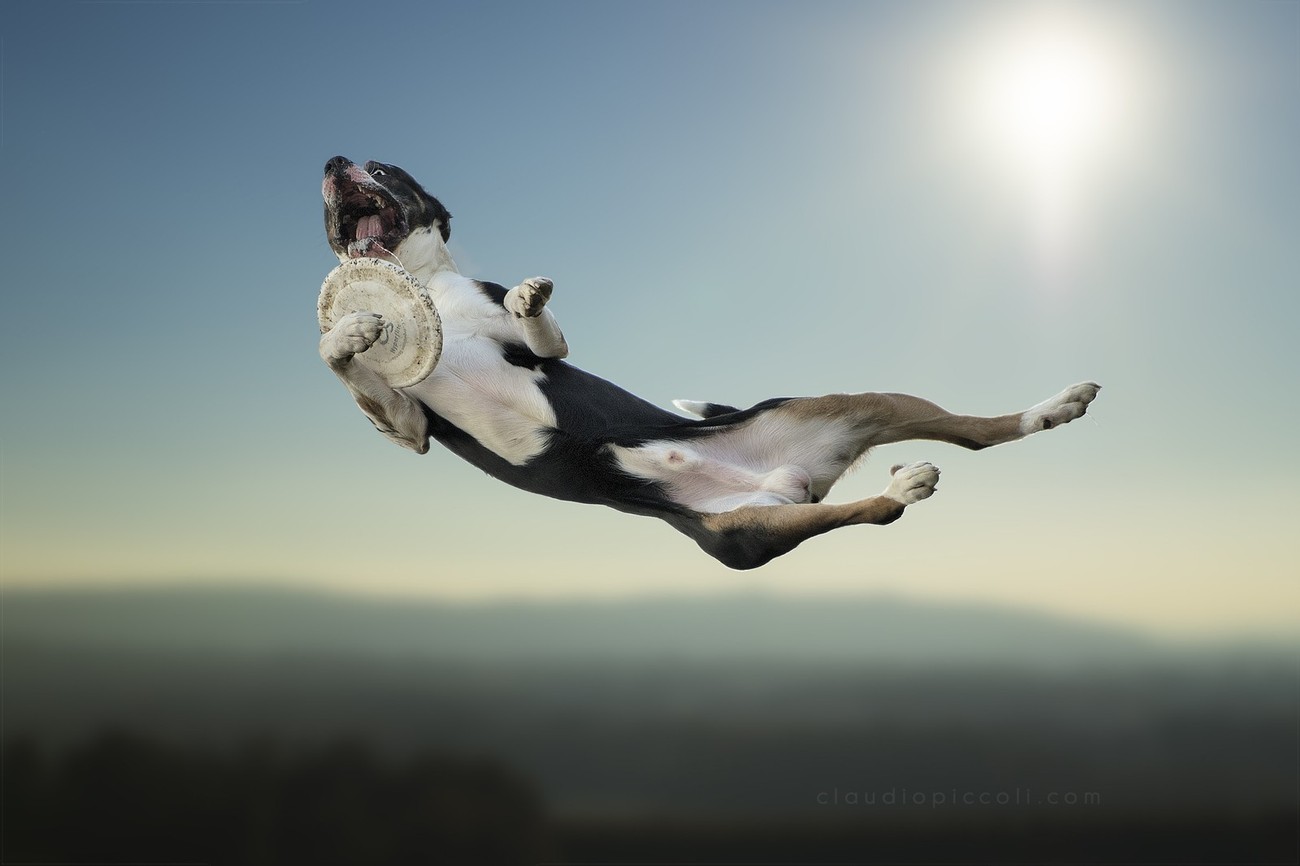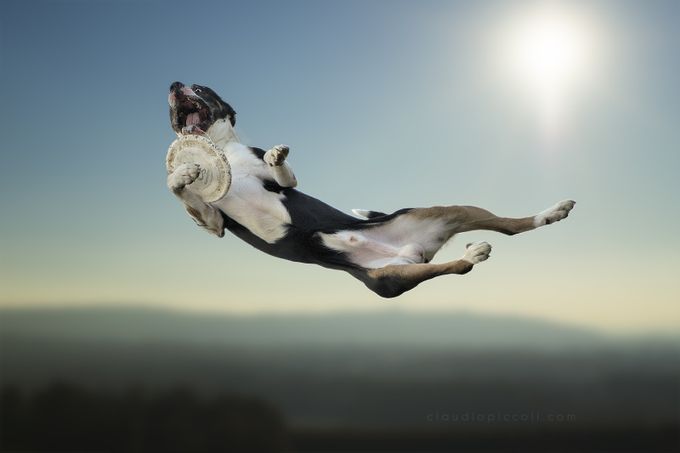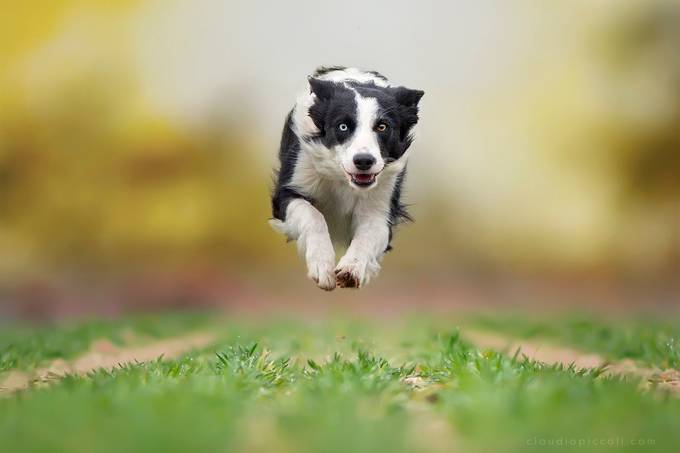It’s a tricky thing to photograph moving objects - especially if they move however they feel from right to left to jumping high and then suddenly running towards you and your camera. Our community member Claudio Piccoli (claudiopiccoli) is an expert when it comes to moving objects, more specific dogs in action. Claudio has been working with dogs for a pretty long time and know what needs to be done to get that clear in-action photo. Below you can read Claudio’s Top 7 Dogs In Motion Photography Tips. Enjoy!
1. Spend Time To Choose The Right Location
The environment is very important. I always look for a nice background and a great foreground (yes you read right… the foreground is as important as the background)!
2. Choose Your Dogs Wisely
Since the dogs will be jumping around it is important to choose dogs that aren’t new to disc dog action. We don’t want the dogs to hurt themselves. Also, it’s important to have gotten to know the dogs; their behavior; their looks, etc. Remember to be emotionally detached by these beautiful creatures during the shoot so you don’t get blinded by their beauty!
3. Motivate The Dogs
As with a human model you need to motivate the dogs. It’s very important but something many photographers tend to forget since they believe the dogs can jump around and run however they feel and a great shot will occur. The energy from the dogs will be different if you take your time to motivate them.
4. Shoot From Below
Always shoot from the ground. Don’t be afraid to get dirty!
5. Get To Know Your Camera
Take the time to play around with your camera and get to know it. Avoid auto functions so you can have full control over the camera. When shooting dogs in action it’s important to be able to change settings fast during the action. Practice changing parameters without getting your eyes off the subject. A dog that is running from left to right is different from a dog that is running from right to left. A dog that is rushing towards you is very different from a dog that is running parallel to your sensor. AF settings for a black dog is different from a black and white dog or from a small dog. In my workshops I teach my students how to manage these situations - there is no way any camera is smart enough to do change in a perfect way for that great shot - the camera does what we tell it to do!
6. Don’t Be Afraid To Fail
Many photographers are afraid to fail during the shooting. Don’t be afraid and practice! Practice to the extent where you feel that your camera is an extension of your arm.
I always shoot in extreme conditions that allows me to reach unique results. Only extreme situations with light, background and motion make your shot special. This is of course a bigger risk, where the photos can turn out like trash, but I think that the fortune favors the bold. Don’t stop practicing and believe in yourself!
7. Mentoring
If you feel that you need a teacher or a workshop to improve your capabilities, be sure your teacher is really able to shot in action (many photographers write that they are able to do it but their photos say the contrary).
For more amazing photos taken by Claudio, visit his profile, website, Facebook Page and Instagram.









